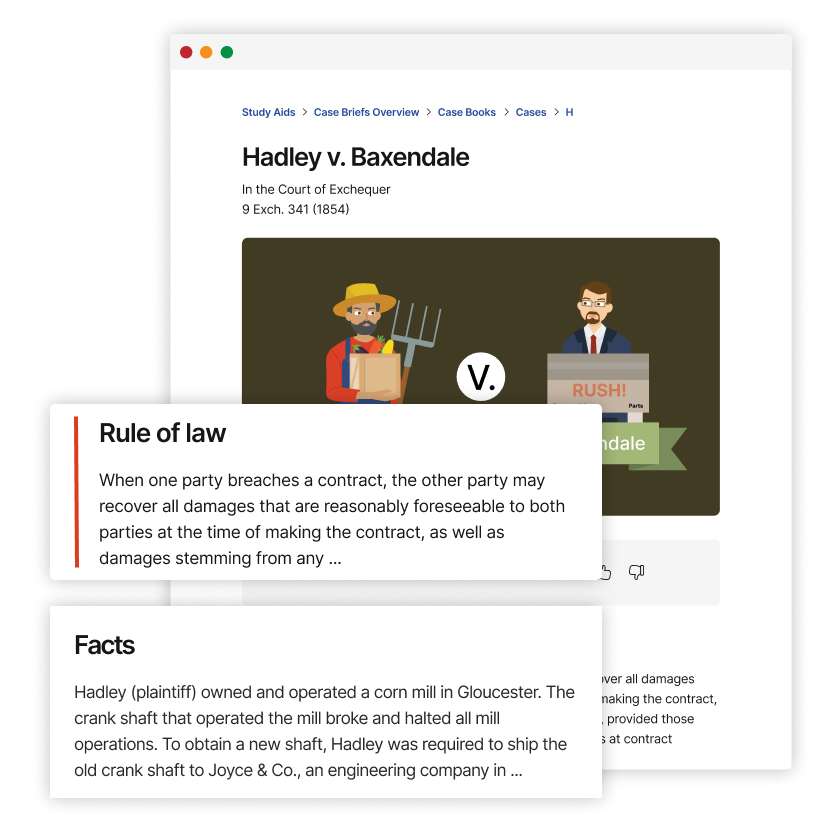Fiocco v. Carver
New York Court of Appeals
137 N.E. 309 (1922)
- Written by Haley Gintis, JD
Facts
Carver (defendant), a New York City businessman, employed a driver to transport merchandise from Manhattan to Staten Island. The driver was instructed to bring the truck back to a parking garage on the west side of the city after he had delivered the merchandise. However, after delivering the merchandise, the driver took the truck to visit his mother on the east side and discovered a carnival near her home. A large group of boys attending the carnival asked the driver for a ride. The driver agreed. The boys squeezed into the truck and the driver drove the boys all around the district. The driver then parked the truck to speak to a friend. When the driver arrived back to the truck, 11-year-old Angelo Fiocco (plaintiff) was near the truck and attempting to join his friends. At some point during Fiocco’s attempt, his foot was caught in the truck’s wheel, and he was injured. Fiocco, through his guardian, filed suit against Carver, as the employee’s master. At trial, the driver testified that when Fiocco’s foot was caught, he had the intention of bringing the truck to the garage. Therefore, the trial court permitted the jury to find that Carver was liable to Fiocco because the driver was acting within his employment scope. The jury returned a verdict for Fiocco. The matter was appealed. The appellate division affirmed. The matter was appealed again to the New York Court of Appeals.
Rule of Law
Issue
Holding and Reasoning (Cardozo, J.)
What to do next…
Here's why 899,000 law students have relied on our case briefs:
- Written by law professors and practitioners, not other law students. 47,000 briefs, keyed to 994 casebooks. Top-notch customer support.
- The right amount of information, includes the facts, issues, rule of law, holding and reasoning, and any concurrences and dissents.
- Access in your classes, works on your mobile and tablet. Massive library of related video lessons and high quality multiple-choice questions.
- Easy to use, uniform format for every case brief. Written in plain English, not in legalese. Our briefs summarize and simplify; they don’t just repeat the court’s language.






